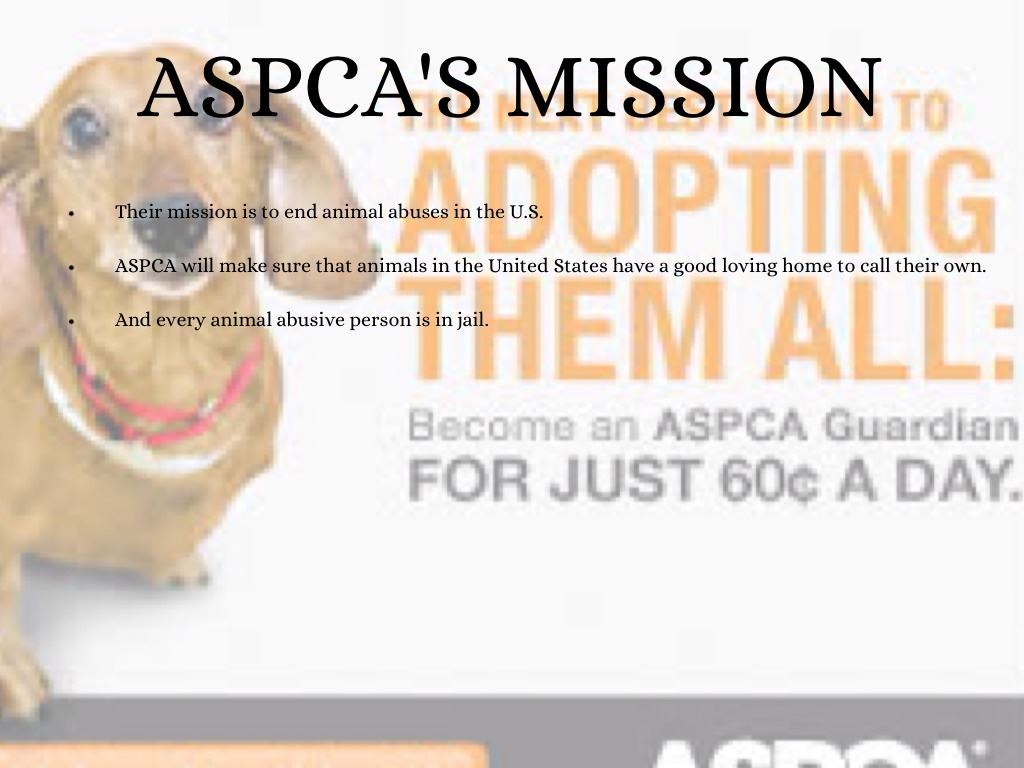The American Society for the Prevention of Cruelty to Animals (ASPCA) has long been considered a pillar of animal welfare in the United States. Founded in 1866, this nonprofit organization has dedicated its efforts to rescuing animals, fostering legislation for their protection, and promoting the humane treatment of all creatures. Yet, despite its reputable history and noble intentions, the ASPCA has come under fire from critics who accuse it of being a fraudulent business. This article seeks to delve into the origin of these allegations, analyze their validity, and uncover the motivations that may fuel such sentiments.
At the heart of the accusations against the ASPCA lies a fundamental conflict between the organization’s proclaimed mission and its operational practices. Detractors often assert that ASPCA spends an inordinate amount of its financial resources on administrative costs rather than directly benefitting animals in need. According to some critics, this prioritization of bureaucratic expenses leads to a misalignment of its core purpose: alleviating animal suffering. It is essential to understand that nonprofits, like any business, need to maintain operations and pay salaries. However, when the perception arises that the majority of funds are absorbed by operating costs, it can generate widespread disillusionment among donors.
This misapprehension is compounded by the ASPCA’s ambitious fundraising campaigns. The organization frequently employs stark images and emotional storytelling in its advertisements to evoke compassion and encourage donations. While these marketing techniques can successfully mobilize generous contributions, they can also lead to the perception of manipulation, planting seeds of doubt in the public’s mind about the organization’s transparency. Critics argue that these emotional appeals do not paint an accurate picture of the distribution of funds and, as a result, distort the public’s understanding of how those donations are utilized.
Another dimension to this criticism is the ASPCA’s choice of programs and initiatives. Critics claim that some of its focus areas, such as rescue and sheltering, overshadow pressing issues such as spaying/neutering programs and educational outreach. Detractors assert that the ASPCA could have a more considerable impact on animal welfare by directing resources towards preventive measures that address the root causes of cruelty and overpopulation, as opposed to merely reacting to incidents of abuse or neglect. This perspective offers a compelling argument; it challenges the notion that immediate rescue operations are the most effective use of funds. By shifting focus to legislative advocacy, spaying/neutering programs, and community education, the ASPCA could potentially mitigate future cases of cruelty through the promotion of responsible pet ownership and humane solutions.
Moreover, the ASPCA’s contentious relationship with smaller, local animal welfare organizations has exacerbated dissatisfaction among some animal advocates. While the ASPCA operates on a nationwide level, local organizations often work diligently within their communities to provide direct assistance to animals in distress. Critics contend that the ASPCA’s prominence can overshadow the efforts of these grassroots organizations, which may struggle with fundraising and visibility. The tensions are sometimes palpable, leading to a fracture in the animal welfare community. When small organizations feel marginalized by a behemoth like the ASPCA, the dialogue surrounding animal welfare becomes polarized. Such fragmentation can breed resentment and foster the perception that larger organizations engage in fraud by neglecting their foundational principles of collaboration and mutual support.
In addition to the financial and operational concerns, allegations of fraud also hinge upon the organization’s leadership. Questionable governance practices or lack of accountability in upper management can invite scrutiny. For instance, former executives can often leave behind a trail of controversy that casts a long shadow over an organization’s integrity. Any misstep by leadership can be wielded as fodder for critics who argue that the ASPCA has strayed from its mission. Whether it concerns discrepancies in salary allocations or management decisions that prioritize profit over compassion, issues of governance can significantly influence public perception.
Yet, it is worth considering that these accusations may not fully reflect the reality of the ASPCA’s operations. It is undeniable that the organization has made significant strides in animal welfare and advocacy. The ASPCA has played a pivotal role in evolving legislation, strengthening animal trafficking laws, and increasing awareness surrounding animal rights. The organization continually strives to promote rescue initiatives as well as wellness programs, education, and outreach. While criticisms are valid, they should not obscure the fact that the operations and achievements of organizations like the ASPCA are often nonlinear and complex.
The overarching narrative surrounding the ASPCA’s alleged fraudulent practices reveals a conflicted yet fascinating view of modern animal welfare. On one hand, we witness heartfelt efforts to save and protect vulnerable creatures. On the other, a tapestry of skepticism and criticism that demands accountability and transparency. This juxtaposition compels supporters and skeptics alike to scrutinize not only the ASPCA but the entire framework of animal advocacy as a whole.
In conclusion, while many assert that the ASPCA operates with integrity and commitment to its mission, others remain unconvinced. The accusations of fraudulence create an essential dialogue concerning transparency, efficacy, and the ethical responsibilities of prominent organizations in the animal welfare sector. Navigating these criticisms offers an opportunity for the ASPCA—and indeed all organizations within this field—to reassess their values, improve their practices, and renew their commitment to fostering a collective mindset aimed at genuine altruism for all animals. In a world where millions of animals suffer from abuse and neglect, continued vigilance and productive discourse are vital for advancing our shared goals of compassion and reform.










